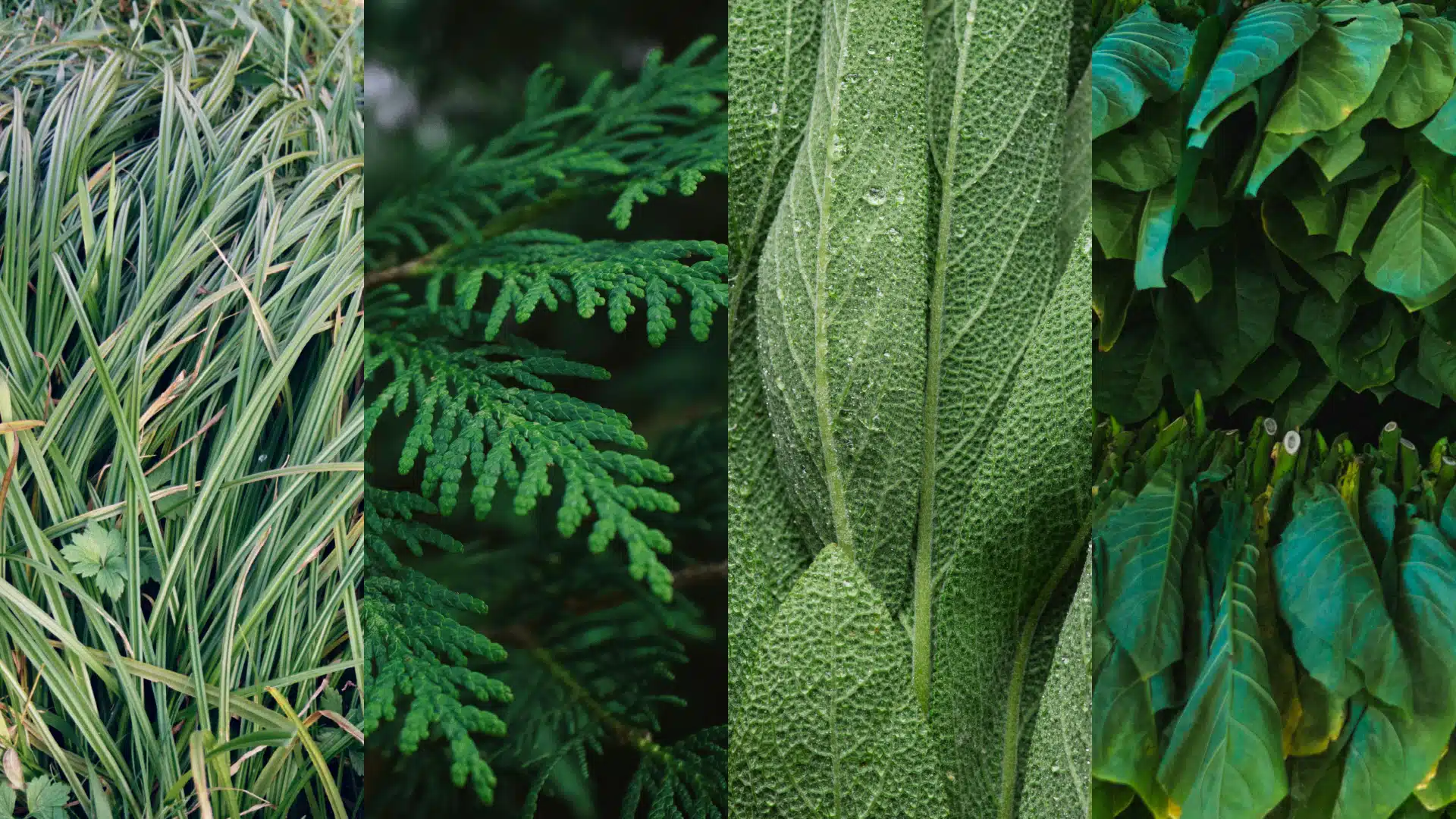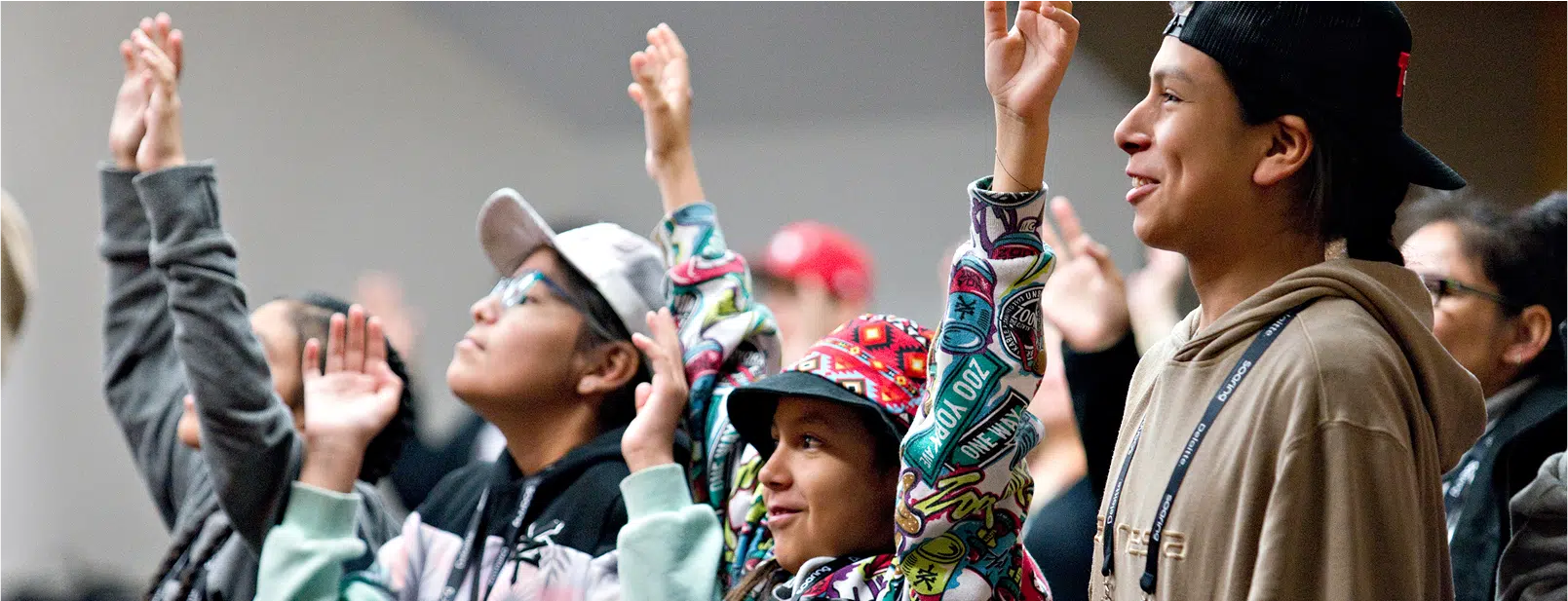Across Turtle Island, Indigenous medicines carry powerful stories of healing, identity, and deep connections to the land. For generations, First Nations, Inuit, and Métis Peoples have passed down this knowledge through teachings, ceremonies, and everyday practices. These aren’t just “old ways”—they’re living traditions that still matter today, and they’re seeing a resurgence in familiarity.
As more people talk about reconciliation, climate care, and fair access to healthcare, Indigenous medicines are being recognized for what they’ve always been: wise, holistic, and important for both spiritual and physical health.
🌿 What Are Indigenous Medicines?
Indigenous medicines include plants, minerals, and traditional practices used to stay well and heal. Some help the body, others help the spirit, and many do both. They’re not “one-size-fits-all”—what’s used in Treaty 8 Territory may be totally different from what’s used in Treaty 6…or in Inuit Nunangat.
Here are a few well-known traditional medicines:
- Sweetgrass – Used for prayer and purification. It’s often braided and burned in ceremonies.
- Cedar – Sipped in tea or used in baths for healing and cleansing.
- Sage – Burned during “smudging” to clear out negative energy from a person or place.
- Tobacco – Given as an offering to the land or spirits, or shared with Elders and Knowledge Keepers as a sign of gratitude for the teachings they share. It’s sacred and used with respect, not smoked for fun.
These medicines aren’t just about what you use; they’re about how you connect with them. Elders and Knowledge Keepers guide people through their use, often with stories, songs, and ceremonies.
💛 Healing the Whole Self
One thing that makes Indigenous medicine so unique is that it’s holistic. That means it doesn’t just treat a sore throat or a headache; it looks at your whole self:
- How are you feeling emotionally?
- Are you spiritually grounded?
- Do you feel connected to others?
- Are you in balance with the land?
In many Indigenous communities, healing might involve talking circles, time on the land, ceremonies, or connecting with community Elders. It’s not just about getting better; it’s about restoring balance.
✊ Bringing Back the Teachings
For a long time, colonial systems tried to shut down Indigenous medicines through laws, residential schools, and a health system that called them “unscientific.” But that didn’t erase them.
Today, Indigenous communities are bringing these medicines back in powerful ways:
- Land-based healing programs where people reconnect with plants and teachings.
- Indigenous-led health centres that blend traditional and Western medicine.
- Partnerships between doctors and traditional healers.
These efforts are helping rebuild trust and create healthcare that feels safe, respectful, and rooted in culture.
🚧 Challenges Still Exist
Even with all the progress, there are still barriers:
- Many traditional medicines aren’t protected by law.
- Sacred plants are being threatened by pollution, climate change, and development.
- Some people or companies try to sell Indigenous medicines without understanding or permission. That’s cultural appropriation, and that’s harmful.
- There’s still mistrust in the healthcare system because of past (and present) harms.
The solution? Respect, support, and Indigenous leadership.
🌎 Why It Matters—For Everyone
Indigenous medicines aren’t just “alternatives” or “natural remedies.” They’re part of a living culture that teaches us about balance, respect, and connection.
They remind us:
- Healing is more than medicine. It’s about community, land, and spirit.
- Taking care of the Earth is part of taking care of ourselves.
- Everyone has a role in reconciliation—and that includes learning and listening.
Whether you’re Indigenous or not, there’s a lot to learn from these teachings. So: stay curious, stay respectful, and stay open. The more we honour these medicines, the stronger our communities—and futures—will be.


